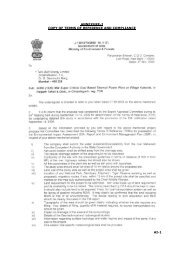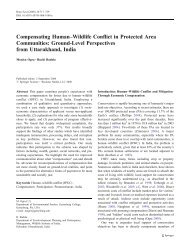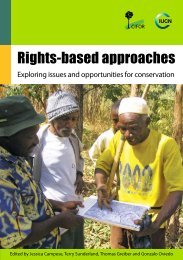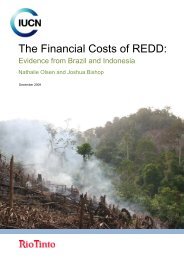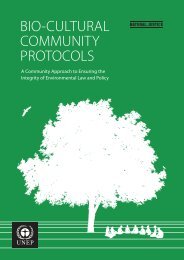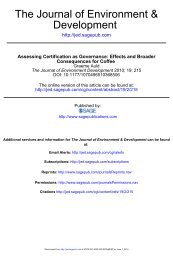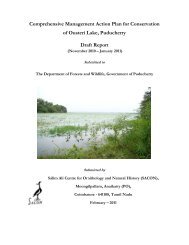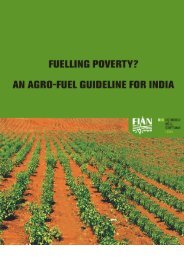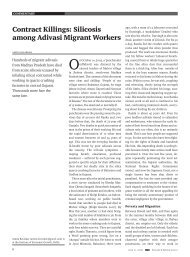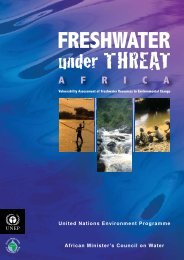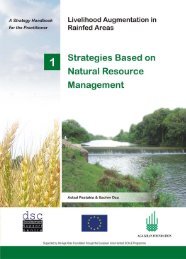debate-Climate change-Parliament-1.pdf - India Environment Portal
debate-Climate change-Parliament-1.pdf - India Environment Portal
debate-Climate change-Parliament-1.pdf - India Environment Portal
You also want an ePaper? Increase the reach of your titles
YUMPU automatically turns print PDFs into web optimized ePapers that Google loves.
03.12.2009 Uncorrected / Not for Publication 6060<br />
(y3/1820/brv-sb)<br />
Secondly, Sir, we have the Himalayan Glaciers – anywhere between 9000<br />
and 12000 Glaciers. There is a great deal of scientific <strong>debate</strong> on what is happening<br />
to these Glaciers but we do not have to wait for perfect science. The warning<br />
signals are already there. Most of the Glaciers are receding. Why are they receding?<br />
We cannot say it with hundred per cent certainty. Is it the natural process of<br />
cyclical <strong>change</strong>? Or, is it because of global warming? Scientists are still debating<br />
this issue. But what happens to the Himalayan Glaciers will determine the water<br />
security of our country. That is the second point of vulnerability.<br />
Thirdly, we have vast critical ecological areas. My friend Shri Anant<br />
Kumar Hegde is not here. He also initiated the Short Duration Discussion. He<br />
comes from the Western Ghats. What happens to the Western Ghats will<br />
determine the future not only of Karnataka, Goa, Maharashtra and Kerala but<br />
indeed of the entire country. Take our North East. The North East has only four<br />
per cent of <strong>India</strong>‘s geographical area but 25 per cent of our forest cover is in the<br />
North-East. What happens? People have talked of Chirapunji. Chirapunji used to<br />
be the world‘s rainiest place. It no longer is. What happens to the Western Ghats?<br />
What happens to our North-East? What happens to the Andamans? What happens<br />
to Lakshadweep? This is the third area of vulnerability.<br />
Fourthly, if you look at the map of <strong>India</strong>, if you see where the forests are<br />
located, if you see where the coal mines are, where the bauxite is, where the ironore<br />
is, it is in the same region. The more coal we produce, the more iron-ore we<br />
produce, the more bauxite we produce, the more forests we will have to give up.<br />
We know that giving up forests leads to more green house gas emissions. There is<br />
no country in the world which has all these four dimensions of vulnerability. That<br />
is why, I have been saying time and again that <strong>India</strong>, of all the 192 countries in the<br />
world, owes a responsibility not to the world but to itself, to take climate <strong>change</strong><br />
seriously. We are not doing the world a favour. Please forget Copenhagen; forget



